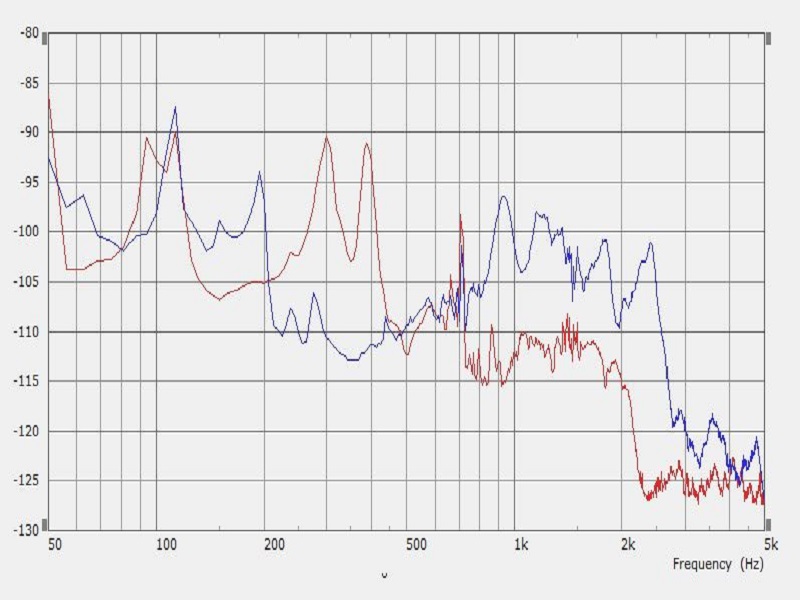It’s not a secret that dealing with cabinet vibrations is a big thing here at Fink Audio-Consulting. Now that everybody managed to make the speaker drivers better and better, cabinet vibrations are a lot easier to detect. The “nice” masking effect of IM and harmonic distortion is not longer there, so we are able to detect the nasty resonances of real world cabinets.
A few methods have been developed over the last years to control, damp and shift cabinet resonances. Sure, you can go the WILSON way and make your speakers 100kg heavy, but for cheaper speakers this does not work of course.
So what is the best way? How much resonances can we accept? Is it frequency dependent? Yes, it is. Reading the research results of the BBC, you will notice that they found cabinet resonances in the higher midband are evil. But the typical well braced cabinet gives you resonances in the 800Hz-2kHz region. Not very nice as it adds roughness to voices and some unpleasant forward presentation. It’s better to allow the cabinet resonances below 400Hz – this adds some warmth to the performance and can sound a lot more musical.
Here ia a comparison between two different cabinet concepts:
The blue line shows cabinet vibrations (one side panel) of a well respected British speaker with a lot of bracing. The bracing is not directly connected to the walls, but has a layer of rubber in between. The cabinet is relatively heavy and feels very solid.
The red speaker shows the side panel of a similar sized speaker – made for another British brand. This speaker is only lightly braced, but uses a sort of sandwich construction with 2 layers of MDF and a lossy layer in between.
As a result we see two complete different philosophies: The blue speaker is very well damped between 200Hz and 500Hz. Above 800Hz, the level goes up stays high up to 2.5kHz.
The red speaker got the maximum output at 300 and 400Hz, drops after 500Hz (the peak on both speakers at 700Hz is the stand) and stays very low up to 2 kHz.
Funny enough, you can hear the same thing listening to the speakers: The blue one is very tight, just a bit lean on lower midband and a shows a forward imaging with flat, but wide sound stage.
The red speaker got definitely more warmth with a very open, natural midband character. The image is completely different. It is not as wide as the blue speaker, but with much deeper soundstage and realistic rendering.
Our development shows that cabinet vibrations not only disturb the midband character, but also shift image around. Just make a simple experiment yourself that I learned from fellow Stephen Harris (Audioplus UK): Listen to a bookshelf speaker on a stand and concentrate on the height of the soundstage. Now take a book or something similar and place it on top of the speaker. In most cases you will immediately notice that the soundstage goes up. What is happening? Well, the book reduces the output of the top panel. The same thing happens with well controlled and damped cabinets: The soundstage is more realistic and not influenced by peaks and dips radiated from the cabinet panels. Not to forget the more relaxed and natural midband 🙂
More to come..
Essen, 24.11.2014 Markus Strunk and Karl-Heinz Fink

